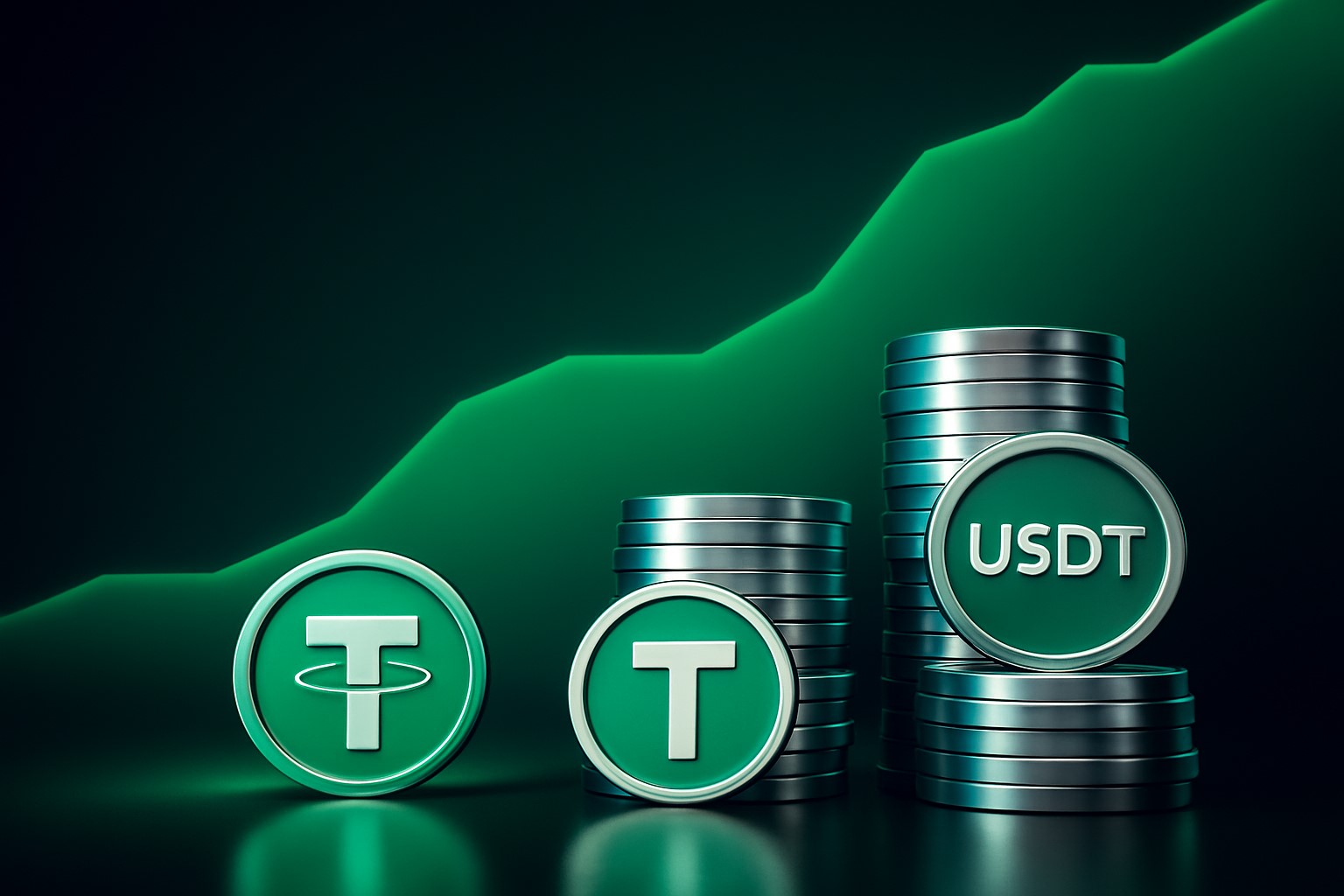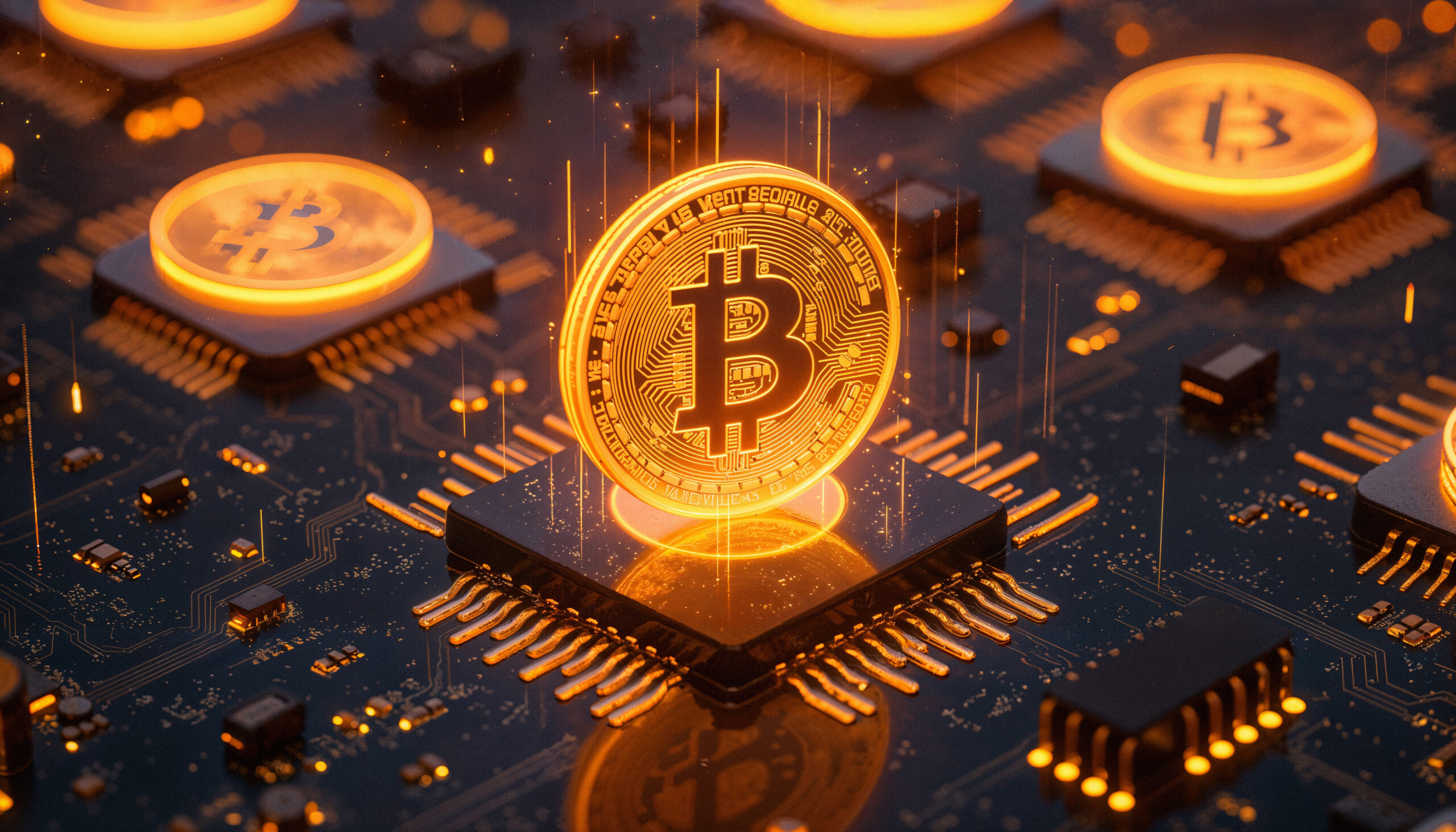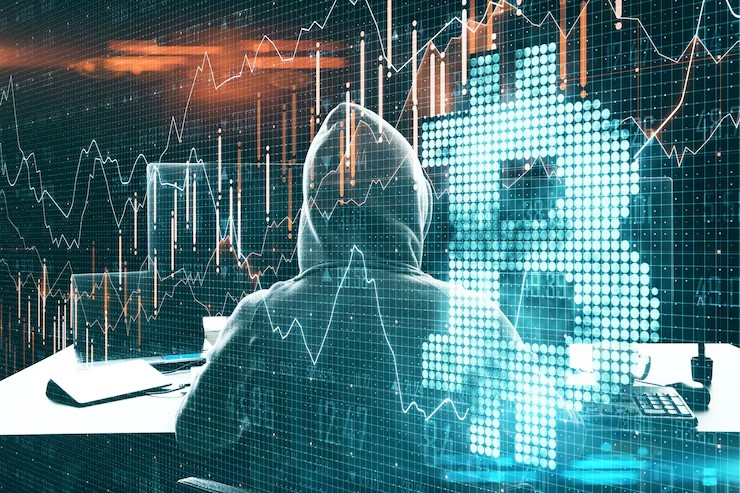Gazprom, Russia’s state-owned oil and gas giant, has entered the digital finance arena by issuing blockchain-based digital financial assets (DFAs) worth 2 billion rubles (approximately $23.5 million). This initiative underscores Gazprom’s commitment to integrating blockchain technology into its financial operations and reflects a broader trend among Russian enterprises exploring digital assets.
Details of the DFA Issuance
The DFAs offer an annual yield of 21% and are scheduled for issuance on March 31, 2025. Each token is valued at 1,000 rubles (around $11.77), with a total of 2 million tokens to be issued. These tokens will mature on May 13, 2025, at which point they will be redeemed for 1,024.74 rubles ($12.06) each. Notably, the DFAs are accessible to non-qualified investors, broadening their appeal within the investment community.
Gazprom’s Strategic Move into Digital Assets
Gazprom’s foray into digital assets signifies a strategic shift towards leveraging blockchain technology to enhance financial operations. By issuing DFAs, Gazprom aims to diversify its financial instruments and offer investors innovative opportunities. This move aligns with a growing trend among Russian corporations exploring digital assets as a means to modernize and expand their financial services.
Context within Russia’s Digital Asset Landscape
Gazprom’s initiative is part of a broader movement within Russia’s financial sector towards embracing digital assets. For instance, Sberbank, Russia’s largest bank, has launched a digital asset and NFT trading platform, offering blockchain-powered assets pegged to real estate indices. Additionally, the Central Bank of Russia is advancing its digital ruble pilot, with 17 more banks joining the project, indicating a nationwide shift towards digital financial solutions.
Implications for the Energy and Financial Sectors
Gazprom’s entry into the digital asset market could have significant implications for both the energy and financial sectors. By integrating blockchain technology, Gazprom enhances transparency and efficiency in its financial operations, potentially setting a precedent for other energy companies. Furthermore, this move may encourage increased collaboration between traditional financial institutions and energy firms in the realm of digital finance.
Conclusion
Gazprom’s issuance of blockchain-powered digital financial assets marks a pivotal development in the convergence of the energy sector and digital finance. This initiative not only diversifies Gazprom’s financial portfolio but also contributes to the broader adoption of blockchain technology within Russia’s corporate landscape. As digital assets gain traction, Gazprom’s strategic move may serve as a catalyst for further innovation and integration of blockchain solutions across various industries.



